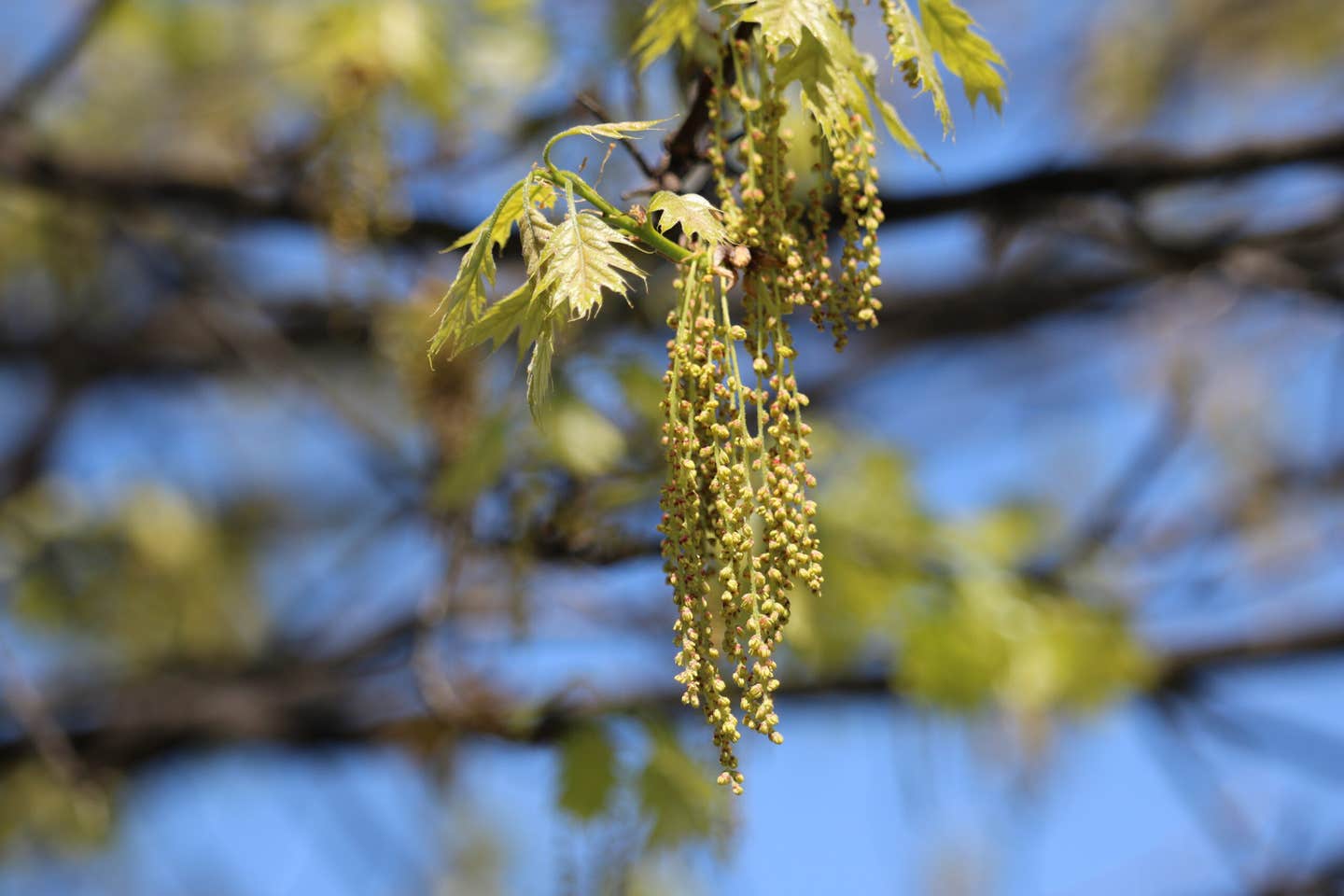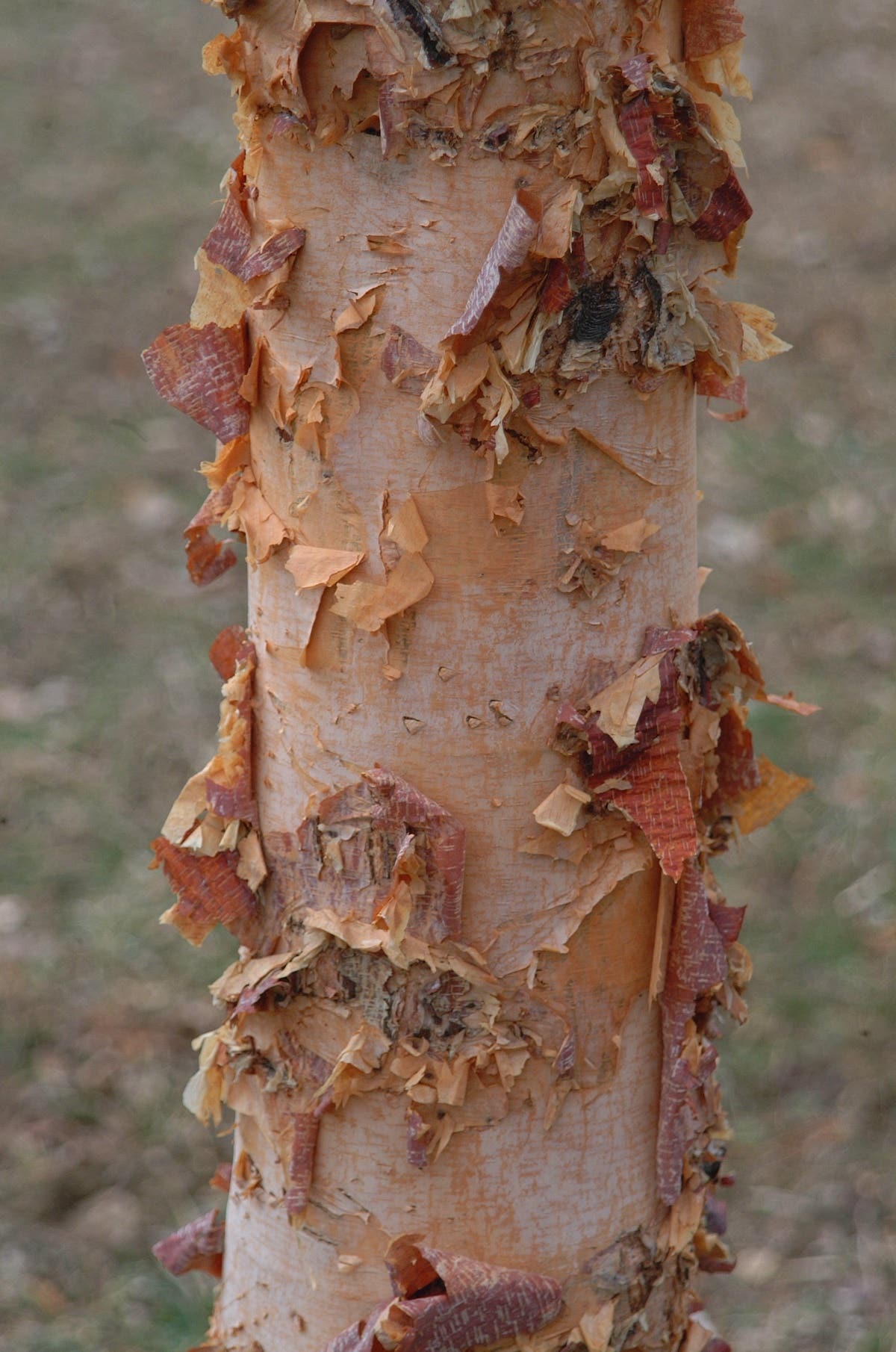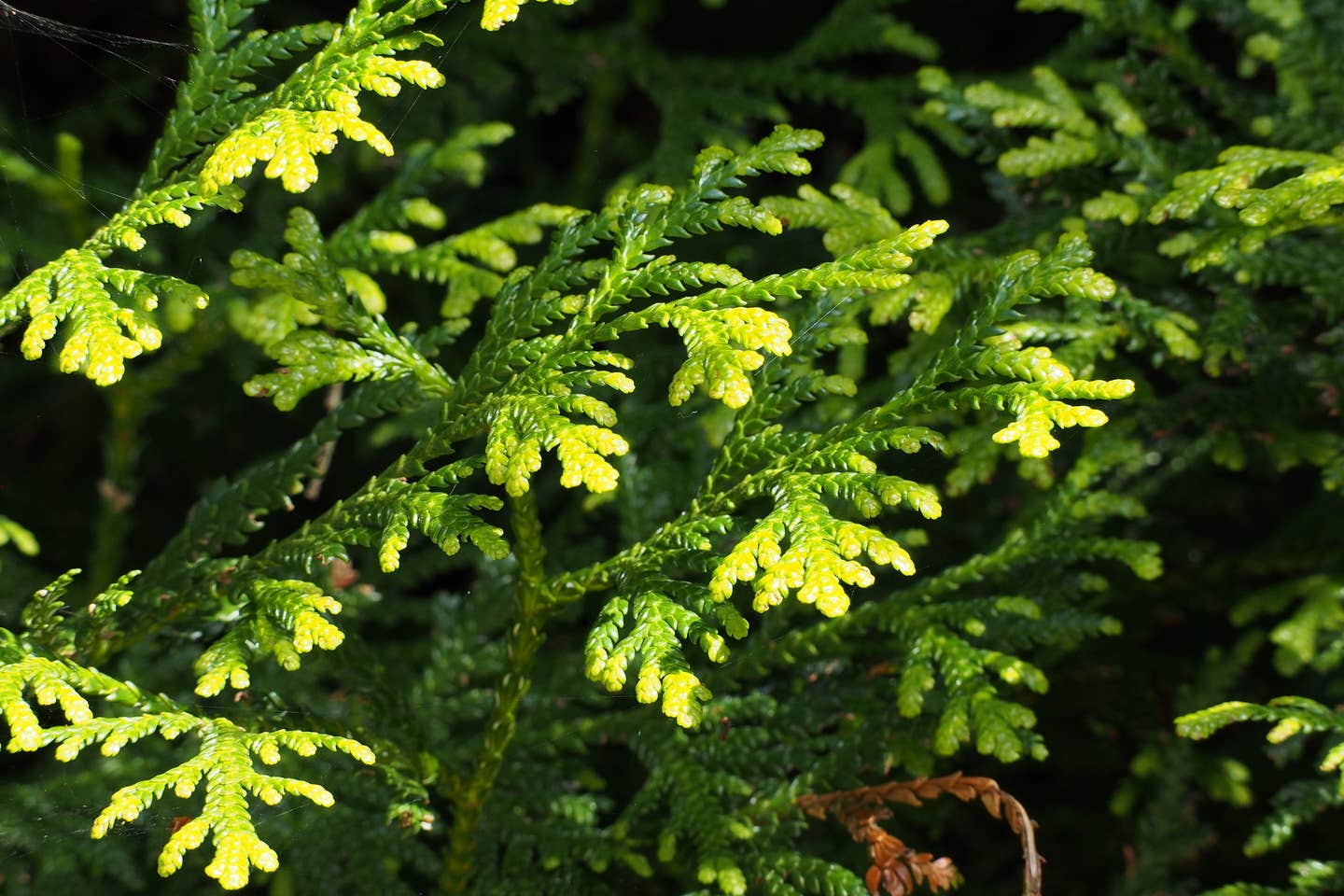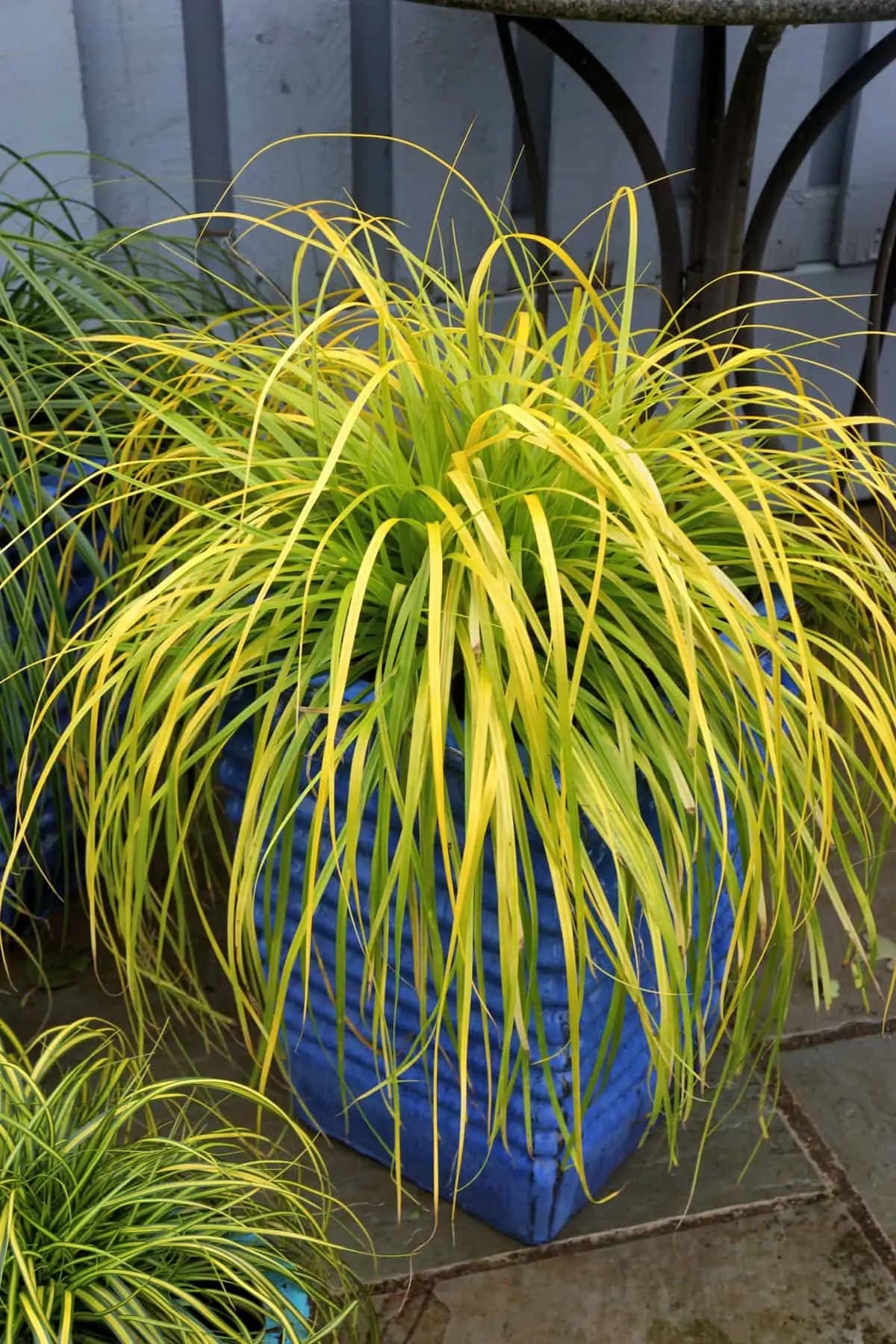Spring-blooming bulbs need to be pre-cooled, or pre-chilled, in areas where the soil temperature doesn't cool down enough in the winter to provide the bulbs with the dormancy they need—generally USDA Zones 8, 9 and 10. Tulips, hyacinths and crocuses usually require pre-cooling in these zones.
Related: "How to Make Sure Tulips Come Back"
To pre-cool the bulbs, put them in the fruit/vegetable drawer of a refrigerator for 8 to 14 weeks. Don't store them with ripening fruit, though, which can give off ethylene gas, which damages the bulbs. Then plant the bulbs immediately in the garden or containers.
Related: If you want to have pots of blooming bulbs indoors in winter, read "A Guide to Forcing Flower Bulbs"
To avoid having to pre-cool your bulbs in regions with mild winters, choose bulbs that don't require it. These include daffodils and narcissus, iris, freesia, scilla, alliums and triteleia, among others.
A good bulb catalog will indicate which selections are appropriate for warm winters and which require pre-cooling. Many bulb companies also offer pre-cooled bulbs; they will keep you order in cold storage and ship it to you at planting time (December or January in warm areas).







